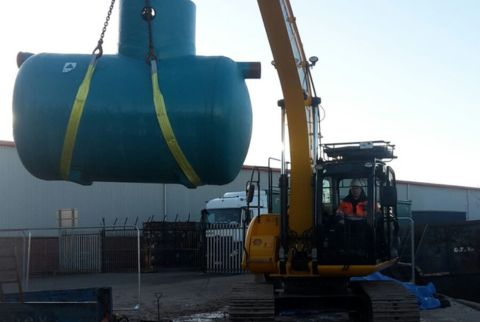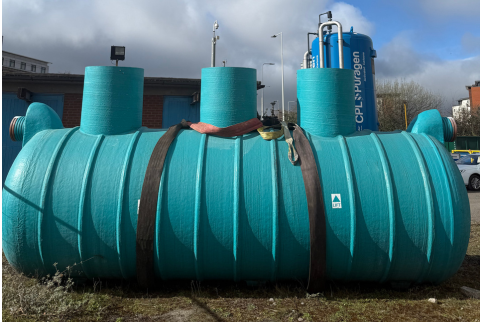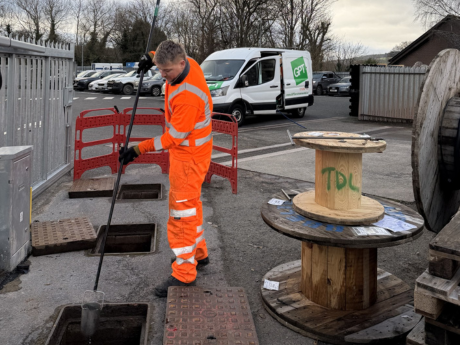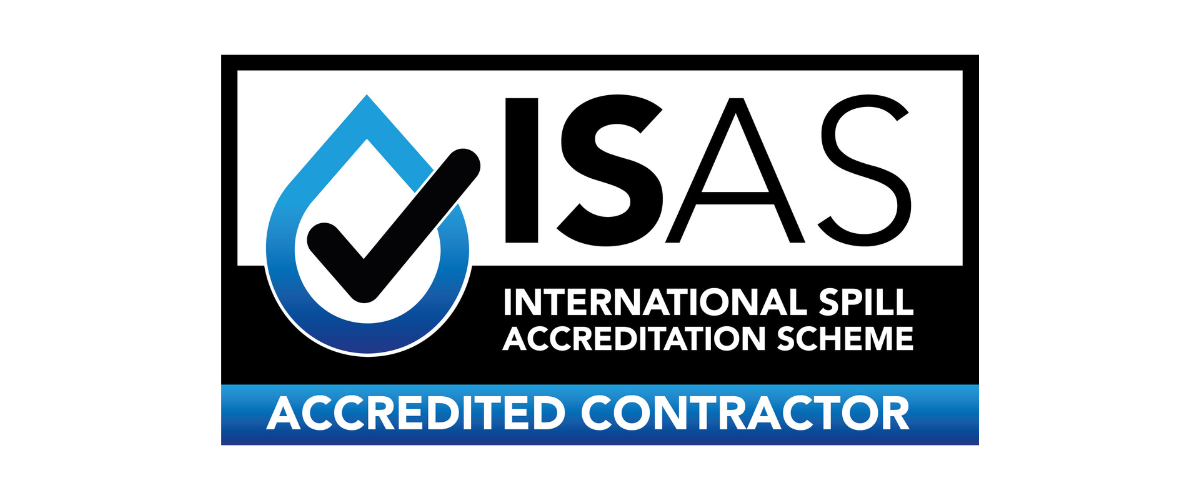GPT are trusted experts in the specification, supply and installation of all types and sizes of interceptor, which prevent pollutants from entering the wider drainage system or the environment.
Interceptor Specification & Install
Considerations
When required, installing an oil interceptor is a critical component of site pollution prevention - and one that demands careful planning, technical expertise, and precision. GPT bring extensive experience in supplying and installing a wide range of oil interceptors, with a deep understanding of the variables that influence the need, complexity and success of these projects.
Several site-specific factors must be considered, including:
The operation and maintenance of oil separators is governed by BS EN 858:2:2003 Separator Systems for Light Liquids (e.g. Oil and Petrol)We design every interceptor install project to ensure compliance with these regulations. Our team of experts have the technical knowledge and field experience to overcome site challenges, ensuring a fully compliant, fit-for-purpose installation.
During these projects GPT provide:



What are Interceptors?
'Interceptor' and 'Separator' are different terms for the same piece of equipment. Aninterceptor (or separator) is a device installed within a drainage system to prevent upstream harmful pollutants, specifically light non-aqueous phase liquids (LNAPLs) such as oil, from entering the water environment. Most oils will float on the surface of the water and are retained for collection. Suspended solids are a significant pollutant which are also retained within an interceptor by ensuring the size/design is sufficiently robust to ensure laminar flow, allowing suspended solids to settle out within the chamber(s).
To enhance performance, interceptors may include components such as coalescing filters to improve oil-water separation, and/or automatic shut-off devices that activate in the event of excessive oil accumulation. Regular monitoring and maintenance are essential to ensure proper functionality of these components.
Interceptors are typically required on sites where activities pose a risk of water pollution - such as vehicle washing, refuelling, or areas with bulk oil storage or high-risk runoff (e.g from roads, yards, or car parks). In the UK, their use may be necessary to remain compliant with environmental legislation.
While installation costs can vary, especially for larger or retrofitted systems, the environmental protection and legal compliance interceptors provide make them a critical investment for many sites. Get in touch for expert advice on interceptor installation.

Next up... Maintenance
Installing the interceptor is just the beginning of our service.
We provide every client with a monitoring and maintenance plan to ensure safe, efficient, and economical operation of the interceptor system throughout its life cycle. This helps protect your investment while maintaining ongoing compliance with environmental regulations.
Visit our interceptor audit and intereceptor service pages to learn more about our maintenance packages.














